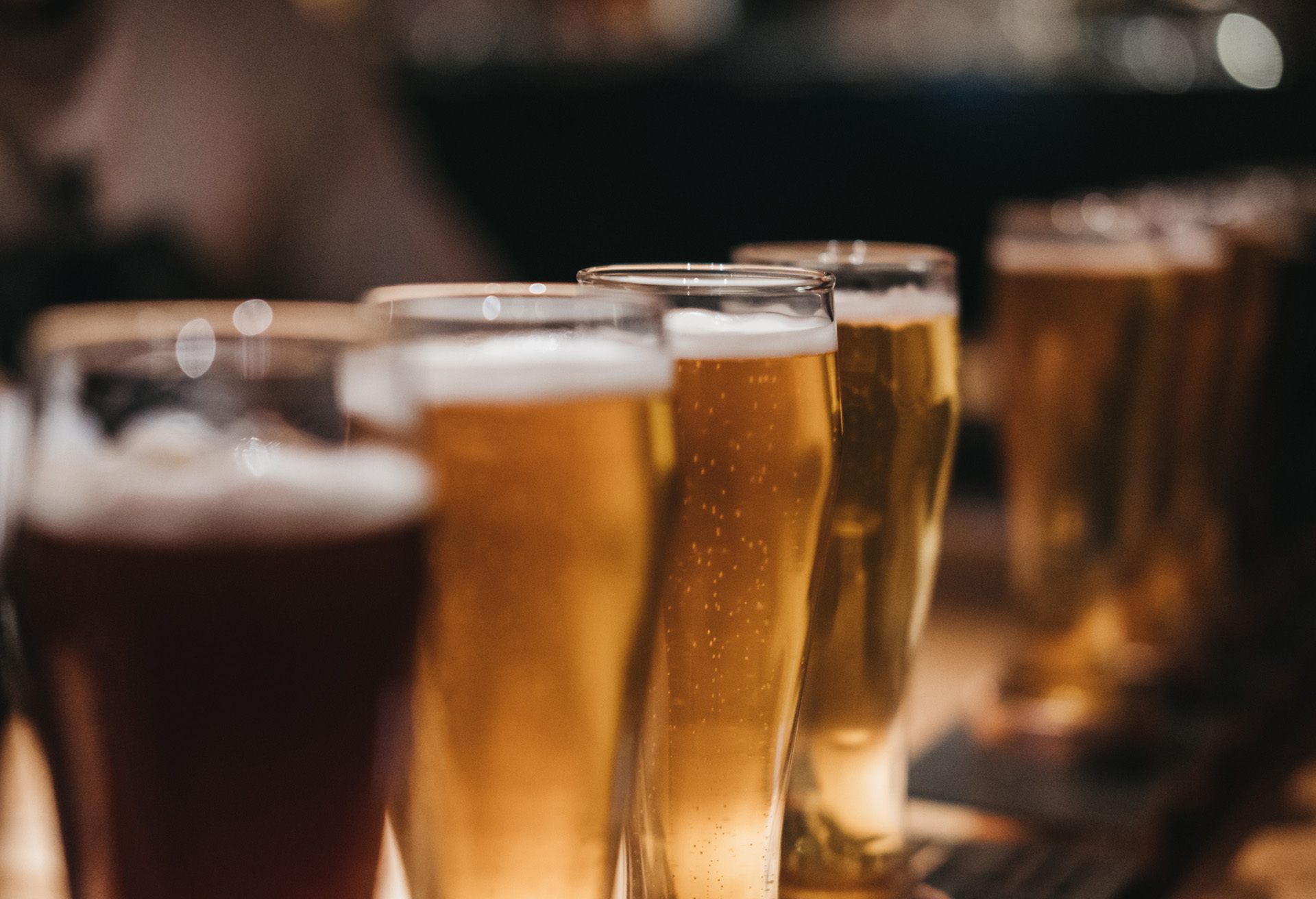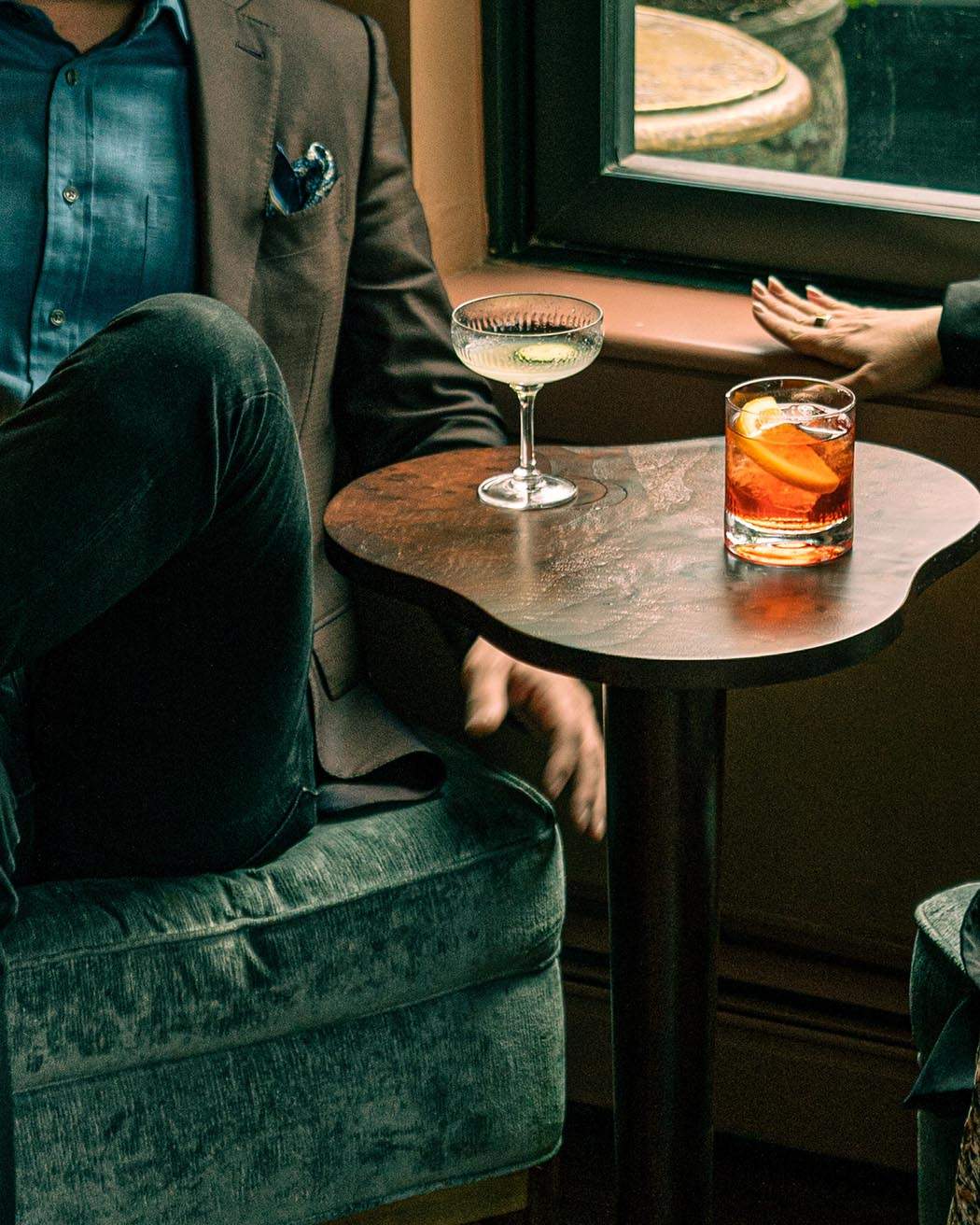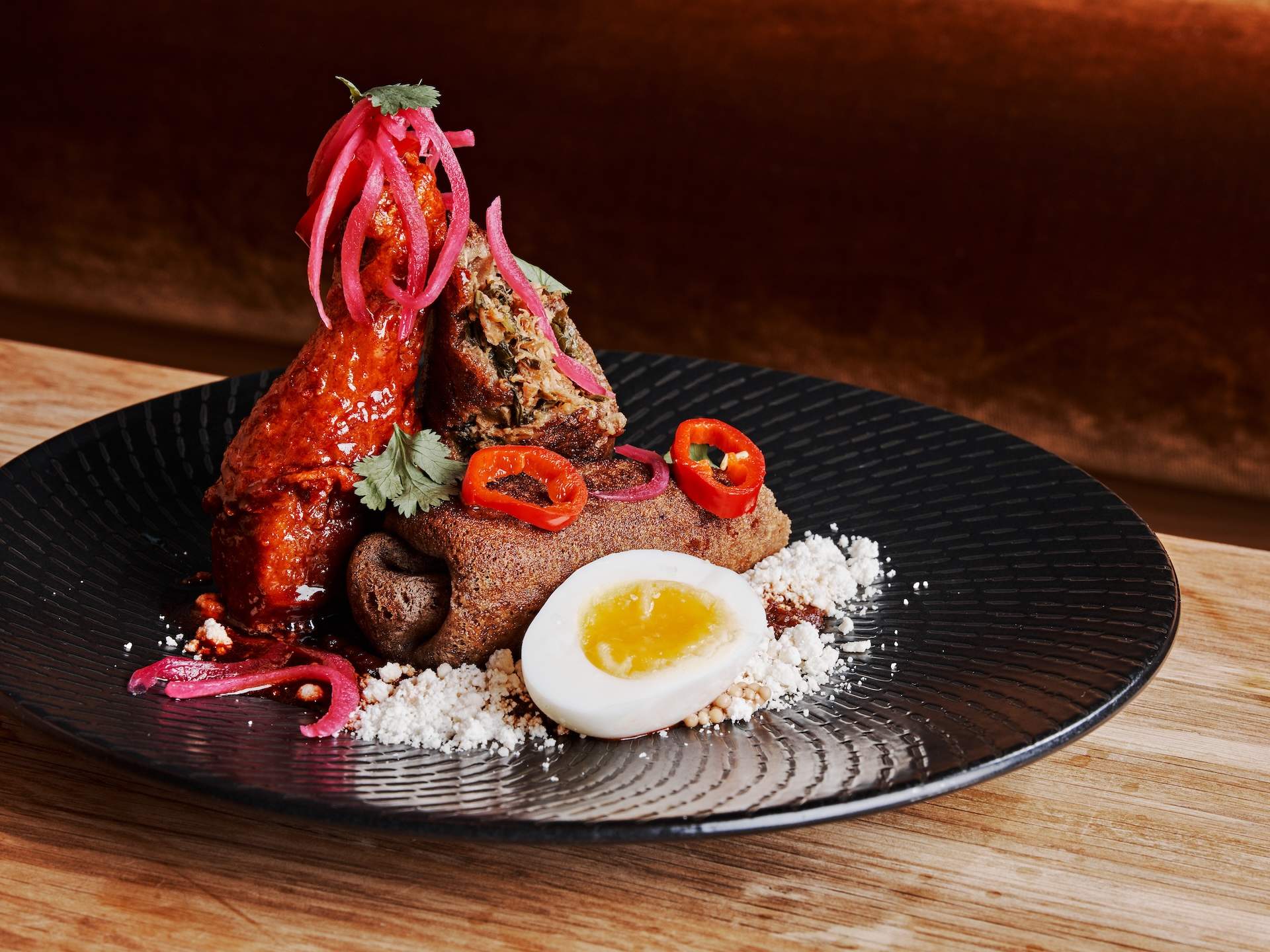Welcome to Appetizers, OpenTable’s column that aims to uplift and motivate with a taste of the most inspiring food-world news of the moment. Discover the things that are making us laugh, cry, think, and just plain hungry for more. In this issue, we spotlight restaurants honoring U.S. service members killed in Afghanistan, a rise in menu prices, restaurants blurring the lines with clubs, and pandemic trends that are here to stay.
Making us … show respect
It was Thursday evening local time in Afghanistan when a bombing at the Kabul airport killed 13 U.S. military members and 169 Afghan civilians. As the flag was flown at half-staff at the White House through Monday, dozens of restaurants across the country were honoring the fallen service members in their own way. From New York to Ohio to Wisconsin, restaurants and bars have been reserving tables and laying out 13 beers in honor of the ten Marines, two soldiers, and sailor, USA Today reports. Some, such as Veranda Bistro & Bar in Avon, Ohio, also donated all proceeds from beers sold to a charity that supports special operation forces. “What the men and women are doing in Afghanistan means the world to us… Those are the real heroes,” co-owner Jackson Heller told Cleveland 19 News.
Making us … dine on
Have you noticed your favorite fried chicken place costing a few more dollars, or tasting menus well over $100? You’re not reading the menu wrong. According to the U.S. Bureau of Labor Statistics, prices at restaurants have gone up 4.3 percent over the past year, partially due to the impacts of COVID-19, as explained in Grub Street’s in-depth look into “how New York’s restaurants suddenly got so expensive — and why that’s probably for the best.” Consider the key factors of climate change affecting crops and harvest, recent strains on supply chains, increased commodity costs, the rise in the cost of labor, a greater desire for fair wages, and it all equates to simple demand and supply like any other industry. Other costs come from PPE, maintaining outdoor dining structures, and takeout packaging. For restaurants to survive, prices are going to have to increase, and we’d rather dine on than to see our favorite restaurants go.
Making us … pop bottles
At a time where vaccine rollouts are helping us dine on and reviving restaurants to their heyday, Vanity Fair writes that “restaurants are the new clubs (again),” reminiscing about the late ’90s era of restaurants playing house music and popping Champagne like the club. Back then, it was normal to see celebrities such as Madonna and Prince out at now-closed places like Moomba in New York City’s Greenwich Village. Fast forward to today, party cities like Miami have brought the restaurant-club concept back to life with new openings such as COTE in the Design District, where founder Simon Kim says, “you can get lit here, but it’s the highest level of hospitality.” Plus, king of parties David Grutman and singer Pharrell Williams’s latest Mediterranean restaurant slash day-to-night swim club Strawberry Moon is bringing Art Deco Miami vibes to the present. It’s clear that after prolonged pandemic closures, diners are ready to let loose.
Making us … in the know
In the latest installation of pandemic trends that are here to stay, QR codes seem to be replacing menus for good. The pandemic brought mass popularity to QR codes for menus to reduce physical contact, but the potential for restaurants using QR codes goes beyond — they can offer online ordering while dining in and pull up past orders for you to reorder your favorite dishes. CNBC writes that “restaurant industry experts think that the technology will stick around long after the health crisis ends.”
Plus, early-bird dining is the hot new way to eat out: New York City restaurateur John Winterman, partner at Bâtard, writes in Food & Wine that your early dinner will help restaurants increase seated diners, which in turn brings in more revenue, the staff gets paid more, and there’s more money to hire back much-needed help. Winterman writes, “the hidden secret here: restaurants sell seats, not food and beverage.” There are perks to this for diners, too — not only are you likely to get an emptier restaurant to yourself and the attention of more staff, but you’ll also have time to grab a drink after and be home in bed all before 10pm.
Making us … slide into restaurants’ DMs
Previous Appetizers
July 27: Jeff Bezos Donates $100M to Celebrity Chef José Andrés’s Hunger Nonprofit
June 25: Celebrate Pride at These LGBTQ+ Bars and Restaurants
May 26: You’ll Be Able to Keep Getting To-Go Cocktails From Restaurants in These 15 States



